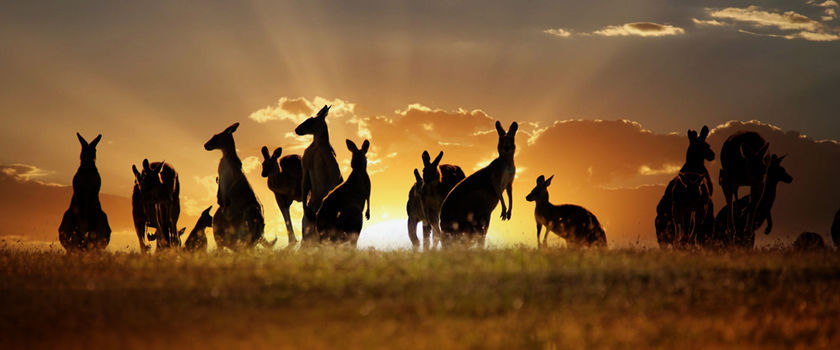International Travel Breaking Record Numbers
Summary:
Earlier in 2017 during the Chinese New Year, growth rankings saw unprecedented growth rates compared to 2016. Growth was seen throughout other areas of the world such as the U.S. and Canada, albeit to a much lesser extent. BCG’s findings also show that by 2020, 25 percent of international travelers arriving in Japan and South Korea will come from China, while arrivals in Europe from China will quadruple.
Statistics:
- 68.5% growth in 2017 Chinese New Year travel to Europe compared to the previous year.
- Western Europe, the target for most terror attacks saw a 42% growth record.
- U.S. and Canada bookings, in contrast were only up 3.3% from 2016 but still claimed the fourth largest share of Chinese bookings for the new year holiday (10%).
- Northeast and Southeast Asia still account for the highest share of travelers (39 and 28 percent respectively), but had dropped by almost a 2 percent growth year-over-year making it the only other region other than Oceania (dropped by 1.1 percent) to see a decline in visitor numbers.
China-Australia Year of Tourism (CAYOT)
Summary:
In December 2016, the minister counselor of the Embassy of PR China, Yang Zhi believed that 2017 (being the 45th anniversary of diplomatic ties between China and Australia) will be an important opportunity for both countries to strengthen bonds through the launching of CAYOT. During the CAYOT 2017 Highlights, John O’Sullivan, MD of Tourism Australia, shared some of the triumphs that had occurred as part of the CAYOT 2017: including all state and territory tourism ministers travelling to China and taking AFL to Shanghai.
Statistics:
- 1 in 8 people who visit Australia are Chinese, and 1 in 4 tourist dollars spent in Australia are spent by Chinese travelers.
- Australia welcomed 8.7 million international visitors in 2017 (as of October), with anywhere from 1.5 to 2 million of these being from China. This is an improvement over the 1.2 million Chinese arrivals in 2016.
Importance of the Chinese Travel Key Opinion Leaders
Summary:
Key Opinion Leaders (KOLs) are a key strategy in amplifying the online presence and position of brands, and have become a largely successful tool for the tourism industry due to a more connected and sophisticated generation looking towards figures they respect for advice. Given the vast range of online users, it may be difficult to determine which is the right travel KOL to partner with. However, the search function on Sogou will allow you to look for the most popular WeChat accounts in the travel industry and reach out to them. Other similar resources include: yourank.cn, WeMedia and Gentleman Marketing.
Statistics:
- Nearly 60% of Chinese outbound travelers are Millenials and Gen Z.
- Less than 1/4 of Chinese travelers plan on travelling with a tour group on their next trip abroad.
- 72% of Chinese people travelling overseas use travel websites, blogs and social media to plan their trip.
The New Chinese Traveller: The ‘Why’ Behind Them and Their Influence on Australian Businesses
Summary:
Statistics:
- China is leading the way globally with share economy adoption, which in 2015 was worth US$299 billion and is expected to grow 40% by 2020.










